Life in a single house, handmade life It seems that spring has finally arrived. It is still very windy and sometimes cold, but I can still realise the arrival of spring when I see the birds basking on the branches or singing beautifully in the air. On the branches, flower buds are protruding out of the branches. After a long winter, I am particularly pleased with this spring. Above all, the number of corona cases has decreased a lot, and people no longer wear masks. Even in children's schools, masks are now only worn by those who want to wear them. It's really a happy thing to see spring and people smiling. Last year, I took tulip bulbs from a bunch of tulips my neighbor Michelle gave me and planted them here and there in the yard with my husband. Then, with the onset of spring, the baby buds of tulips appear on the ground. 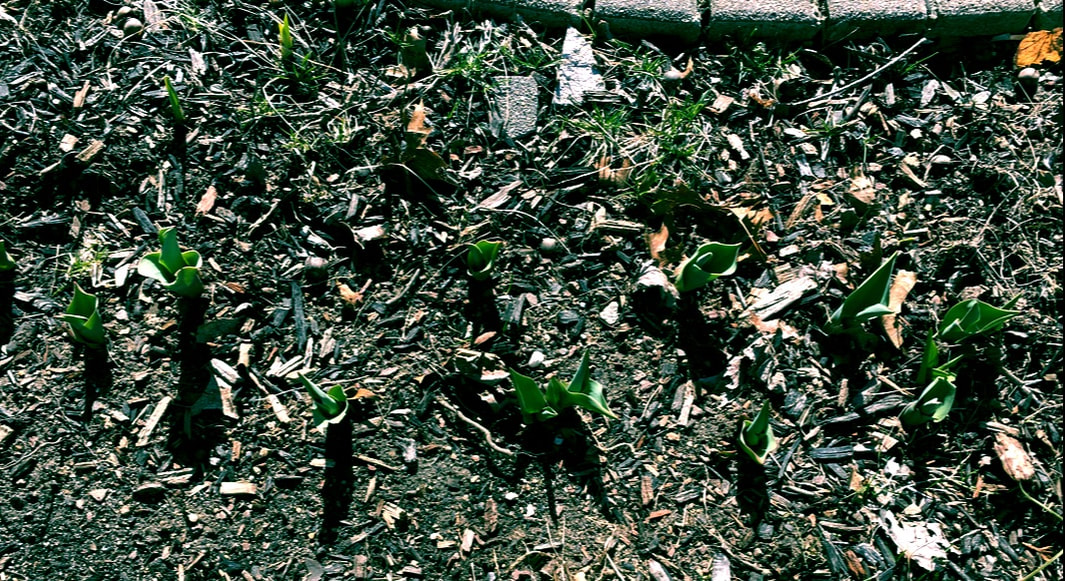 Without realizing it, the trees and flowers were eagerly preparing for spring. They were moving forward little by little, enduring the cold winter and rain and wind. Being able to capture the sounds of nature, the small movements, and the changing seasons is such a gift. When I was in Korea and Germany, I lived in multi-family houses or apartments for the most part. Of course, there was no yard there, and I had to live by always paying attention to the neighbors around me and being careful to make noises. Above all, our house was on a high floor, it was difficult to properly feel what was happening on the ground and how the seasons were changing. That's why, when I think of childhood memories, I think of a two-story house with a yard. I lived in that house for a while as a child. In the United States, especially in sub-urban areas like where I live, most houses have a yard. I also live in a house with a front yard and a back yard that I saw a lot in American dramas and movies as a child. Apartments do not need to be managed individually. A resident manager takes care of and manages everything. We just pay the monthly maintenance fee and get attention. But if you live in a detached house like me, you have to be diligent. The lawn should be mowed regularly, and in the fall, it should be cleaned by sweeping the fallen leaves that accumulate every day. In winter, no one but me clears the pile of snow. The road from the driveway to the road needs to be cleared of snow before going out to the market. And as long as you live in a house, you will inevitably have a place to repair it here and there. In my case, a pipe in the floor burst, a hole in the wall due to termite, a boiler trouble, etc. Whenever that happens, I call a specialist or I do these things. In the spring and winter, the yard needs to be cleared, cleaned and freshly laid with mulch. As spring begins in earnest and summer approaches, weeds in the grass compete with the lawn. Of course, these should also be removed. And summer is a war against bugs. You have to fight various bugs. A country life is a life that has a lot of work to do and is cumbersome and difficult. Mostly everything is done by hand. I'm used to doing something with my back bent. But even though it is a landscaping and doing something for yard and house that requires lots of energy, time and sometimes money, but I like this kind of country life. Because these things make us live closer to nature. When I lived in an apartment, it was like I was trapped in a huge concrete and floating somewhere. It was a convenient, stylish and perfect life, but the biggest drawback is that I could't get close to nature. Nature is the greatest gift we can enjoy without cost and effort. The rising sun, the clear wind, the beautiful sounds of birds, and the scent of flowers as a fragrance are unwavering love itself that does not give more or less depending on our qualifications or conditions. When I was in Korea, there was a book that I read while longing for a life with nature. The book is called "A Handmade Life: In Search of Simplicity" by William Coperthwaite and John Saltmarsh. The title of this book is 'Handmade Life', which literally translates to 'Life Made with My Hands'. In other words, the author raises the issue of true subjectivity in life, and says that the more you make something with your own hands, the more people will become the true masters of your life. In today' real society, where mass production and huge consumption have become a virtue and common senses, those who say that money is not everything but choose to live a life dominated by 'money' can never become the masters of their own lives. . Through the lifestyle of the author, which can be said to be somewhat experimental, this book presents a healthy example for people who live a life like a shell to regain their subjectivity in life. Corpushwaite believes that true democracy will be established only when citizens of a truly mature society do not entrust their personal life and social design to others, and create what they need on their own, that is, when they actively strive to do 'social design'. We may be at the right time to enjoy a creative life in which knowledge and work harmonize. There will be no ‘retirement’ in our work to create a life that is closely connected with nature, and where thought, labor, art, music, and poetry are in harmony with each other. You have to live a life of constant challenge in order to do something new, useful, and better. ( one of Summary in the book) Living with nature in country life, I move my body and hands every day, every time. And the direction of my life becomes more independent as I do more things on my own. In other words, the part that depends on someone on a certain system is decreasing, and the things I think, decide, and create are increasing. These kind of things certainly seem to give a great sense of accomplishment and satisfaction. Among the artists, Tasha Tudor was one of those who lived a self-sufficient handmade life by creating herself in nature. She is loved by many as America's leading children's writer, illustrator and she cultivated a paradise-like garden. In her gardening career, she drew inspiration from nature, cultivating flowers and animals in and close to nature. The garden she planted has become one of the most famous gardens in America. Looking at one of her paintings, I can see how much she cared for nature in her daily life. Because she did not paint grand, magnify and sometimes fancy landscapes or resorts, but rather a rustic and slightly shabby-looking garden path. However, this path, which seems simple to others, must have been very beautiful for her. She was so she would have wanted to leave it as a painting. Because she planned, calculated, and made this path herself. The creative mind to actively and independently solve and design life on its own is very well explained and connected with the spirit of art. This spirit is inspiring. This inspiration can connect with like-minded people or communities to pursue the same things. If there are more people like this, society might change to a more nature-friendly image.
0 Comments
Leave a Reply. |
Myungja Anna KohArtist Categories
All
Archives
July 2024
|
Proudly powered by Weebly

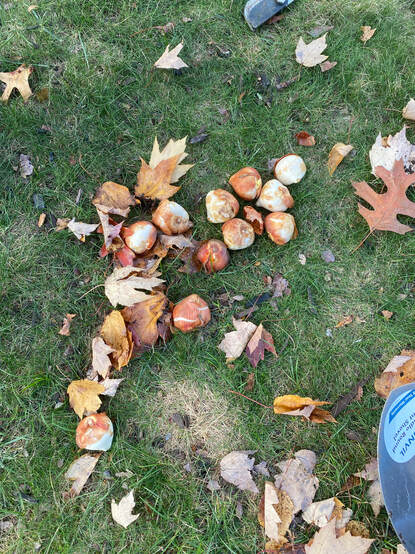
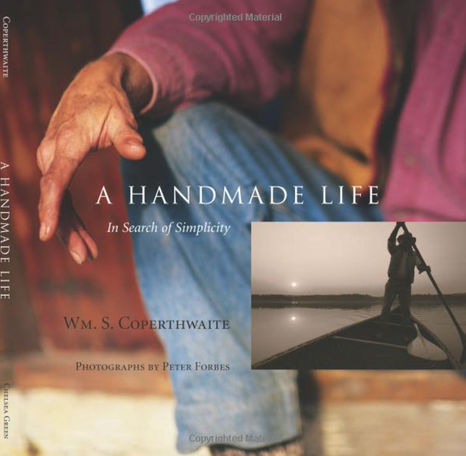
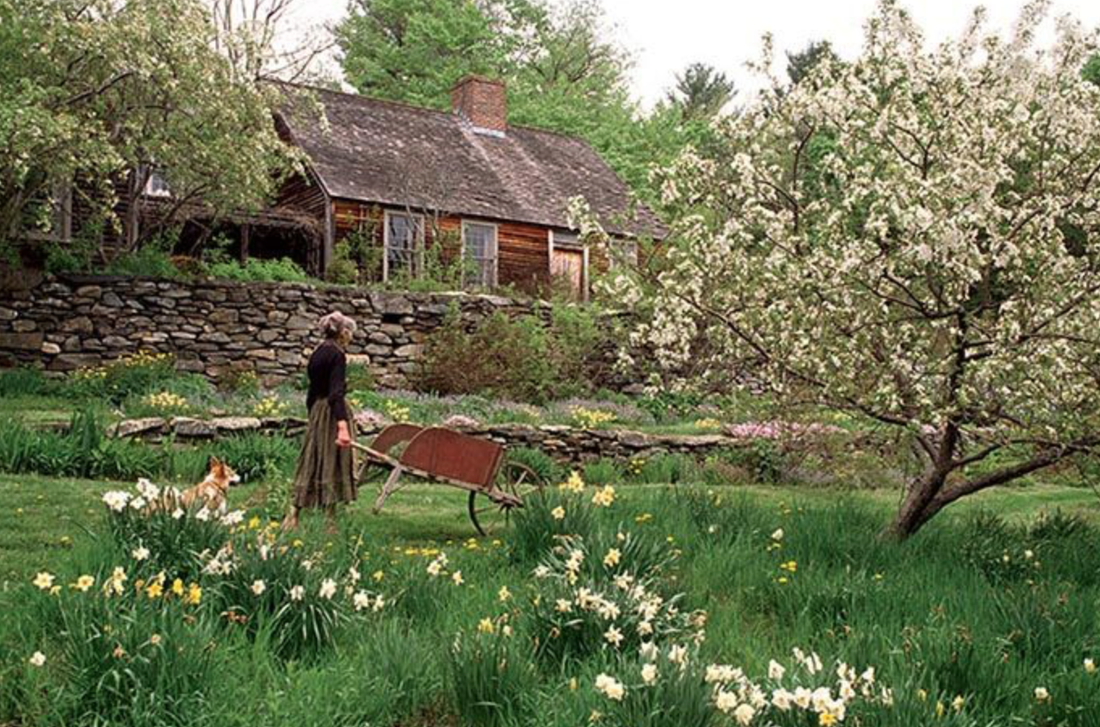
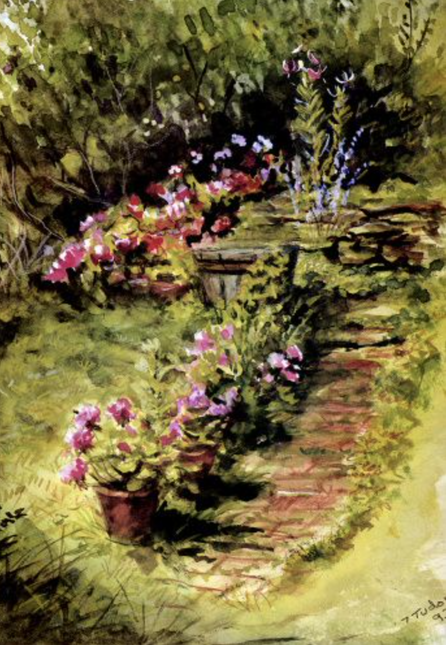
 RSS Feed
RSS Feed